Africa – Zimbabwe (central) – Hwange, Matobo
We left Vundu all too soon, but with warm feelings and a lot of grand memories. (See that post HERE.) We were assured by the staff and guides that Hwange would be “very different”, and indeed we found this giant Park to be a stark departure from the lush Zambezi River riparian environment we left behind.
HWANGE
Huge by any standard (5,657 square miles — twice the size of Yellowstone, bigger than Connecticut), Hwange stretches across vast areas of dry dusty savanna and woodland. Although it’s fairly flat, without large hills or ridgelines, you literally cannot see the boundaries when flying over the middle of it. Tiny airstrips occasionally dot the surface, along with waterholes, game trails, and nearly-invisible visitors’ lodges. As a private pilot, I was acutely aware of the lack of emergency landing areas. Harsh and unforgiving country.
Originally, even the grand size of this seasonally dry land was not capable of supporting large herds of elephant, buffalo, etc., and they would annually migrate to other regions in order to find forage and water. Sadly, with human encroachment and occupation, those lands are no longer available, and the herds are now permanently confined to Hwange.
In order to prevent wholesale loss of animals during the dry seasons, more than 60 wells (“boreholes” in local parlance) were drilled and are perennially maintained, to sustain the needs of the wildlife populations. Although this is a somewhat “un-natural” situation, it does provide a well-guarded sanctuary for these diminishing species, and of course it presents a magnificent location for tourists to go see a spectacular presence of these beasts.
Once again, we found ourselves “in the bush”, at Somalisa-Expeditions camp. As before, we were in splendid circumstances. The cabins were nestled deep in forested terrain, but widely separated from each other. This first view was from our cabin to the utility and maintenance area.
Ours was again a tent-style cabin, and we were again admonished to travel to it at night ONLY with an armed guide — advice we gladly followed, especially after noticing the animal tracks along our pathway, and watching elephants feed at the edge of our front deck. There was never a day that did NOT have to wait for them at some point.
With only a few days to spend at any given lodge, time is never wasted. We were out on a game drive on the evening of our afternoon arrival — and by pure luck, we happened on a pride of lions fairly close to the track. The late-day sun was at first golden, then subdued, as we watched the group from our trucks. The big cats were not hunting or moving, just doing what lions do for 80% of their lives — sleeping.
Except for two of them…. One of the lionesses was in estrus, and this was receiving appropriate attention from the senior male. In fact, the “attention” was getting paid about every eight minutes, according to one meticulous tourist who had been measuring the intervals for the last half-hour. Several of the tourists were making various comments about the eight-minute intervals — some comments were nonchalant, and a few occasionally pointed or wistful.
Hornbills – It was at Hwange that we first made the acquaintance of one of the most charming, and plentiful, birds in Africa, the yellow-billed Hornbill. They look so nose-heavy that you’d think they couldn’t fly, but that big beak is light and agile.
The Drinking Pool
Our lodge/camp was Somalisa-Expeditions, a relatively new and small enclave in the middle of the Park. One of its most endearing characteristics was the “drinking pool” at the edge of the observation deck. This was a pump-filled concrete cistern where (mostly) elephants would come to drink, sometimes in the daytime but always every evening. Here is what it looks like from an access road outside the camp (note the folded-up umbrella for reference):
And here are some shots of its “customers” at various times of day – – – from the lodge building and ‘patio’ – – – see the same umbrella. Karin is sitting about 15 feet away from them.
It seemed that every elephant had uniquely different drinking techniques. The basic process was: Fill trunk, snort into mouth, gulp down. Simple. But the variations were striking. Some would blow bubbles, others would spray, others still would “stealth” so you could hardly notice that they were drinking. VERY entertaining.
Big 8000-pound beasts, shuffling for position at the pool, stirred up lots of dirt and dung. Birds of all descriptions scurried and darted around, picking up seeds, rodents, and bugs disturbed by all the commotion.
Neighbors
Traveling about, we stayed in lodges for our entire trip. Each lodge had an included service, where we would roam about the Parks and see what there was to see. One of the things that was very obvious was the number of “self drives” — people who were not guided or supervised, but who were simply driving around on their own.
When they stopped (usually with a reservation), they’d set up camp and enjoy the area. We saw a few hard-shell trailers and motorhomes, but they were few and far between. These pop-up tent styles were much more popular, either on a trailer (shown here) or on top of an SUV. Not nearly as luxurious as staying at a lodge, or even in an RV, but it definitely has a charm and appeal of its own. We’re thinking about including some of this traveling style in our next outing(s).
[NOTE: the self-drive situation has vastly improved in Zimbabwe since the massive reduction in road-blocks and “fees” in November 2017, done as a part of the coup which displaced Mugabe.]
Many of the waterholes in Hwange are simple sources of the life-giving liquid, nothing more. Other watering places have been “spruced up” a bit. Some have hides, where you cannot be seen by the animals; others have blatant observation platforms. The animals are very accustomed to humans, and the combination of the attraction of water, and ability to get above the grass and brush to observe, can provide some wonderful photos.
Between the waterholes, Hwange is flat and dry, and sometimes devoid of any but the meanest vegetation. It’s easy to see how hard life can be, especially during the dry seasons.
Some of the watering places had indeed dried up before our visit. But there were tell-tale traces of past activities and wetter times. In particular, the elephants will dig with their tusks near the pools, and un-earth minerals much needed in their diets. The elephants, and other browsers and grazers, will literally eat dirt, to take advantage of the nutrients. But research has shown that, even with the gritty supplements, mineral deficiencies are common at Hwange. As just one example, elephant tusks in the Park are smaller than in other areas throughout Africa.
We stopped and looked at an old mineral dig, while our guide explained the process (and what we were seeing).
This is one example of why it’s so fulfilling to go with a guide. We would never have known or understood any of this if our guide hadn’t pointed it out and explained it.
Getting Close
It’s not difficult — nor particularly dangerous — to get near a wide variety of wild animals. They are accustomed to humans, and the guides know from long experience where the “comfort zones” are for various species and individuals. So sights like this, while pretty exciting, are not uncommon….
Yes, the guides do carry powerful rifles, and once in a very long while they have to use them. But mostly, the animals — from lions to buffalo, predators and prey alike — don’t pay too much attention to people.
What this means is that you don’t need a $20,000 telephoto lens to take some really nice close-ups — sometimes, we had stellar opportunities just below our platform, or even right outside our room.
A Tough Life
Nature, of course, is not always beautiful and lovely. We would repeatedly come across some of the more “real” elements of the wild country we were in. Despite the borehole-provided water, these animals don’t live a pampered existence.
We found this dried-up impala spine lodged in a tree fork — a weather-beaten leftover from a leopard’s dinner.
And another desiccated corpse, this one of a young elephant that didn’t make it through a severe dry season.
These large elephant bones were all that were left from another, older kill, too big for even the hyenas to break with their powerful jaws The bones were scattered over a half-acre by the scavengers, but were later gathered into a group for roadside guide-chats.
Tough for the animals, yes — but not so much for us humans. We stayed in comfy lodges, were shepherded by knowledgeable guides, and generally did not have any scary thoughts or experiences. In talking with lodge staff and fellow travelers about the possible dangers of living in the wild, we found out some interesting things about Zimbabweans.
Most citizens of Zimbabwe have NOT seen or been close to the wild animals (baboons and antelope excepted). In fact, the manager of Somalisa told us that his mother (who lives in Harare) begged him constantly to quit his job because it was “so dangerous”. As with so many things in life, it’s often more about perception than about reality.
On our last day in Hwange, we stayed out late, watched the sun set behind an acacia, and drove in pitch black back to the lodge. For me, there’s a visceral, atavistic chord that’s struck when traveling at night in the bush. The hairs on my neck stood at attention several times. There were no specific threats or dangers, it was just the animal-instinct part of me.
The Transition – Hwange to Matobo
Hwange is so huge, it took us almost two hours just to drive from our camp at Somalisa to the eastern boundary of the Park. From there, we (finally) got onto some pavement, and drove another four hours south, first to Bulawayo and then to Matobo National Park.
The terrain enroute was fairly unremarkable, dusty brush with the occasional small village. Due to the impending election, photography was considered risky, and we were advised to minimize or eliminate taking pictures.
Bulawayo is one of the larger cities in Zimbabwe (700,000), second to Harare. The portion of the city that we drove through was also not particularly noteworthy, and we took few pictures.
I should note that during our Africa stay, we purposefully drove several stretches of countryside, not so much to “see the sights”, but to experience fully what Zimbabwe was like — in addition to the tourist hot spots. So we skipped the usual bush flights for a couple of legs, and we saw some average, unspectacular roadways and terrain. But in so doing, we definitely got a “feel” for the people and the way they live. It’s just a bit difficult to show it in pictures.
One thing that I would have loved to photograph (“No, not here”, “No, that would be impolite”) were the frequent collections of road-side vendors, selling vegetables, fruit, and other consumables. With the scarcity of jobs, such entrepreneurial activities crop up all over the place.
MATOBO
Matobo is the oldest park in Zimbabwe (1926), created by Cecil Rhodes and requested by him for his burial site. The park is small by Zimbabwe standards — 164 square miles (Hwange is 5600). Regionally, the larger general area (1200 square miles) is split between communal lands and the Park, which makes for some interesting people/animal interactions at times.
This oldest park is also very, very old geologically, with typical rock layers dating back two billion years. That’s about 2/3 of the Earth’s age. Only in the middle of the oldest continent on Earth can something like this be found.
One curiosity about this place is how it’s spelled. The multiplicity of local dialects, plus the impacts of history, have yielded Matopo, Matobo, Matopos, and Matobos. All derive from the Ndebele word for “bald head” — a fitting metaphor for the profusion of giant granite boulders characteristic of the area. According to the wiki, “Matobo” is the closest to an accurate pronunciation.
Whereas Hwange was flat, plain, and brushy, Matobo is a stark contrast.
Smoke from local bush fires had been plaguing the area for weeks, and it pretty much obscured any landscape more distant that a few hundred yards. But the undulating terrain is still easy to distinguish, as is its granite basis.
One of the prettiest, and most iconic, granite outcroppings is atop the hill where Cecil Rhodes chose to be buried. The man had good taste.
Amalinda Lodge
This beautiful Lodge was built right into the huge boulders and surrounds, and the architect and builders did a fantastic job. Pathways wind through the rocks, rooms are built into cliffs and alcoves, and the entire enclave almost disappears when you get a hundred yards away from it.
Even the Lodge pool is sculpted from a natural declivity atop a massive granite slab.
Ever a reminder that we are staying in a wildlife area — A (stuffed) leopard in the lobby area helps to keep the local vervet monkeys from stealing food and other paraphernalia.
Smaller, more innocuous critters skitter about here and there…
Our room (#10) also was appointed with a separate gazebo, connected to the room’s patio by a suspension bridge.
Bedroom walls — multi-hued boulders.
We were provided with an indoor shower, and an outdoor tub — both supplied from a wood-fired hot water heater.
And should I mention that all food, all drinks, and all services including guided safari trips, are included as part of our stay? Not too shabby at all.
Rhinos
Matobo Park is known for its White Rhino population, and we were keen to seek them out. Locating them is not always easy, and we strategized with Kevin, our guide, as to the best way to find them. After some preliminary tracking, Kevin and I climbed to the top of one of the many “kopjes” (granite boulder outcroppings), and after some minutes of glassing the area through binoculars, we spotted a small group of rhino about a half mile away.
We drove to within a couple of hundred yards, and then (with Kevin’s guidance) we walked over to see them more closely.
[I should clearly state that, were I to come up with this idea on my own, I could in all fairness be judged certifiable, and committed to an institution to prevent me from harming myself. But guided? No problem, go for it.]
That said, Kevin was extremely cautious about how we approached them, which way they were grazing, where the waterhole was, the location of the bull in the vicinity — all the things that could mean the difference between “Gee, golly” and “OMG, Run!”.
The tick-birds are ever-present, eating little pernicious insects off the amazingly permissive rhinos. They’ll even crawl right into their ears at times.
Front portrait shows the wide lip of the White Rhino….
The White Rhino is not actually white, of course. The word ‘white’ is a mis-translation of the Dutch word ‘wijd’, which means “wide”. The reference is to the mouth, which is very wide and evolved for grazing low grasses. In fact, the “black rhino” is also not black, but was named such simply to contrast it with its cousin. The black rhino has a mouth that is evolved for browsing of shrubs, with a narrow, prehensile lip that helps to strip off leaves. Here’s a pic of a zoo animal (the Black Rhinos are in a special area in Matobo where we did not go). The pointy lip is really obvious from this angle.
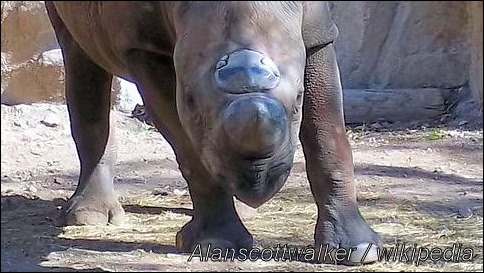
The two species are both almost indistinguishably gray, but they are easy to tell apart from their mouths and their sizes. The White is much larger, and of course has the wide square lip. From a distance, it’s sometimes possible to see that the White (grazer) holds its head low, near the ground, while the Black (browser) carries its head higher for the bushy leaves that are its food.
These various rhino species can’t inter-breed, so (for now), the characteristics will tend to stay unique. That is, of course, assuming that the vicious poaching trade doesn’t wipe one species or another off the face of the Earth.
Poaching — You might notice in the above photos that the horns of the rhinos have been chopped or trimmed. This is a very specific response to the poaching problem. Arabian markets require rhino horn for coveted dagger handles, and Chinese markets crave powdered horn for aphrodisiacs and “male fertility” potions. Just exactly how these ludicrous superstitions got started is moot — the world market for rhino horn is driving the species extinct. Horn trimming is only one of the tools/techniques being deployed to curb the trend.
Lastly — there is some movement afoot to re-name these beasts as “wide-lipped” and “hook-lipped”. This is of course quite a bit more intuitive — let’s see if it catches on.
People
Relatively small, and surrounded by human habitation, Matobo provides an easy opportunity to experience outside-the-city human life in Africa. The Park road traverses both wild bush country and populated rural areas, and it’s an eye-opener. Rural Zimbabwe is very, very different from the towns and cities like Vic Falls and Bulawayo.
First, there’s the road. What with limited resources and money, the Park road is paved only about 8′ wide — one lane.
This intrepid cyclist gives a good idea of the scale of the road. He also shows us what real “adventure” is all about, peddling across Africa.
On this skinny little half-road, when you want to pass, you put your left wheels (most of southern Africa is left-side drive) on the dirt shoulder — uh, unless it’s potholed or rutted or there are boulders or tree branches there.
And when you’re done passing, you just scoot right back onto the blacktop — uh, except for when the edge of the road is so jagged and sharp that it will shred your tire sidewalls. Then you hold onto the dirt shoulder until the blacktop edge smooths out — uh, except for the afore-mentioned holes/logs/rocks.
All this happens at the Park speed limit of 40mph — plus a little extra — with the buses and trucks pushing the upper limits.
Along the main road, and most of the subsidiary roads as well, we would frequently see piles of bundled grass. The heavy stuff used for roof thatching. It’s not the wispy grass that your lawn is made of — this stuff is about the thickness of a ballpoint pen refill (1/8″ or so), stiff, solid, and tough. A good thatched roof can last 20 years.
What with the lousy economy and not a lot of traffic in rural areas, there’s not a big market for roadside vendors. Instead, folks go out to scythe down some grasses and make a few bucks. Each round bundle goes for about $1.
Harvesters with big loads might transport them by donkey cart, or (rarely) by truck. But small operators, like this tough gal, may walk ten miles or more, just to collect and sell a few dollars’ worth of thatch grass.
Homesteads — Land is granted to people by a complex tribal system; they’re allowed to build huts, farm it, and live there. Such a life can be austere, to say the least. We visited a couple of homesteads and talked to the residents. They are a stoic lot, and they have to be. Their lives consist of basically scraping by, sometimes on barely one meal a day — of boiled corn meal.
Huts are rudimentary, basic mud/brick walls and thatch roofs, with a central fire pit to boil the daily pot of corn meal. No interior walls, not a lot of furniture. Just the essentials.
In what is often a fractured society, abandonment by fathers is rampant. One of the dirt-poor huts we visited was occupied by several women who took in orphans from the surrounding countryside. They did not receive grants, or in fact any stipends or subsidies at all. They did it simply because it was needed.
The women were not helped by their long-gone men. They cut thatch, bake bricks by hand, sell firewood or vegetables — anything and everything to keep on truckin’, getting through to the next day.
The Orphanage — Which brings us to one of the jewels of the Matobo area, the Ethandweni Children’s Home. We visited and chatted for a couple of hours, and found that the manager, Lucien, was a profoundly caring, committed, and (perhaps most important) creative custodian of dozens of abandoned African children.
Kids with almost no chance of survival get a chance to live among the trim, neat buildings for a while. When possible, they are out-placed with family or foster homes. Sometimes they stay until they reach their majority (18 years old). During their stay, they are fed, clothed, and attend school, in addition to performing appropriate chores in community efforts.
In addition to formal schooling, the kids are taught good family practices. How to do laundry, how to keep their rooms clean and tidy, how to cooperate with each other in group activities. It is very much like a large, extended family, and we were quite impressed — both with the logic, and with the compassion of it all.
Of course, when it came time to haul soil to the garden, it became a wheelbarrow race. Kids will be kids, world-wide.
The Home’s garden flourishes under the kids’ care, and with ample water, and of course with the grand rock kopje standing guard over the tender plants.
The Children’s Home also receives no assistance from the government. It sells some water (from its reservoir), sells some vegetables, but in general depends heavily on contributions and donations. With the dreadful state of Zimbabwe’s economy, even education must now be paid for, and the kids’ school fees are one of the Home’s larger expenses.
Every dollar counts. Some of the donations are meager, but some are occasionally generous, like this Will-bequeathed Toyota pickup.
The Ancient Peoples — The residents of Matobo date back at least 500,000 years, perhaps more. Rock Art is endemic to the area (it’s a World Heritage site), and there are hundreds of locations that are as old as 13,000 years. The ancient people were fine artists, with exquisite attention to form and detail. We sampled only one of the “galleries”, and were amazed at the ancient art, and the depth of knowledge of our guide.
Our Lodge and its artistically plush details were a fascinating contrast — the luxury was truly the complete antitheses of the harsh lives of the locals. But the art of the Lodge’s boulders and rocks, and the blending of the structures into the rockwork — this seemed somehow in concert with the ancient cave etchings, so meticulously chiseled into the stone.
As tourists, we are so ephemeral — brief visitors, sowing our much-needed hard currency into the economy, and then gone like so much smoke in the wind. But the Ancients, the people who carved their thoughts and spirits into the stone surfaces of the granite — they are tens of thousands of years older than us, but they still will outlast us.
With our visits to the animals and the new/old people of Matobo coming to a close, it was time to say goodbye to the Amalinda Lodge and staff, and pack up and get ready for the last leg(s) of our trip. Once again, we would forsake the lure of fast/remote air travel, for the more intimate experience of seeing the ground roll by…
Stay tuned.
STILL CURIOUS?
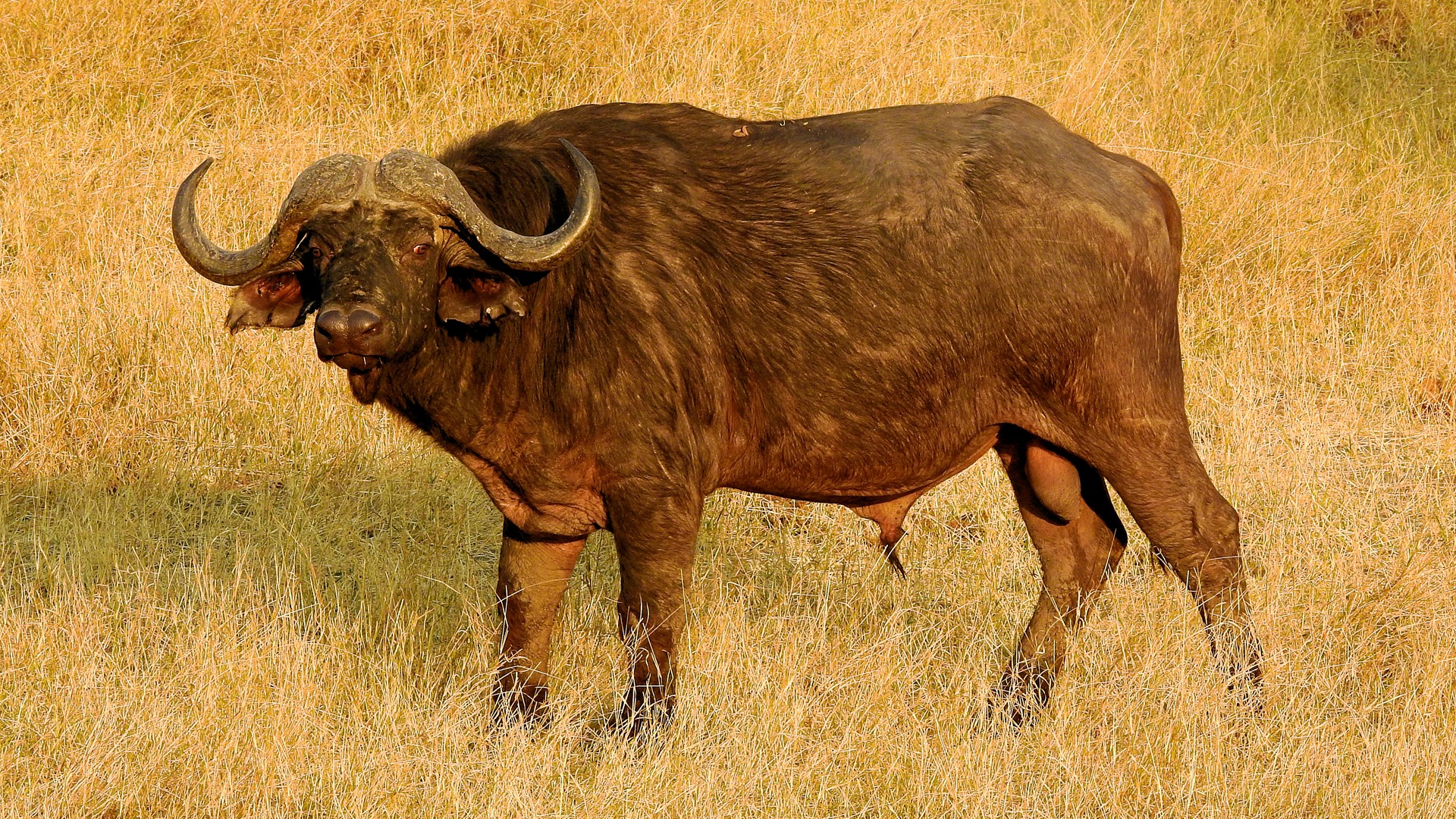
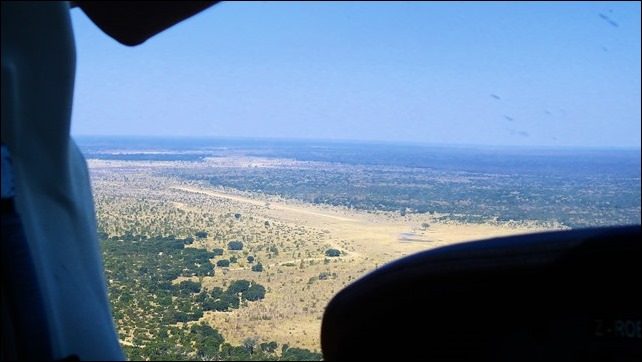
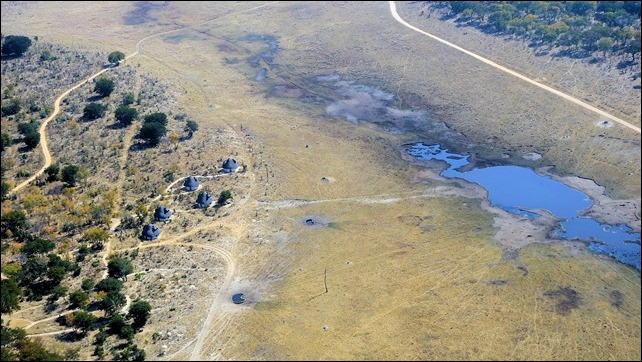
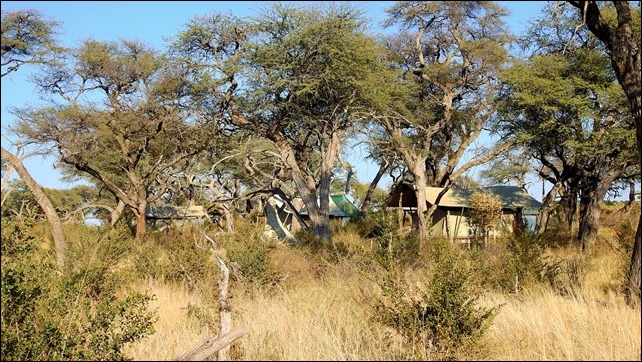
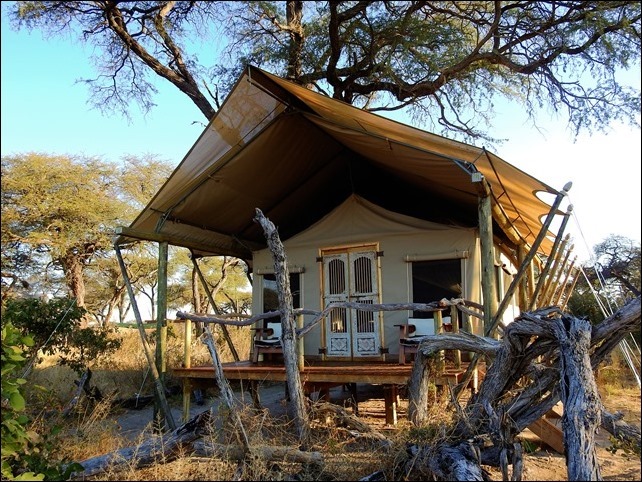
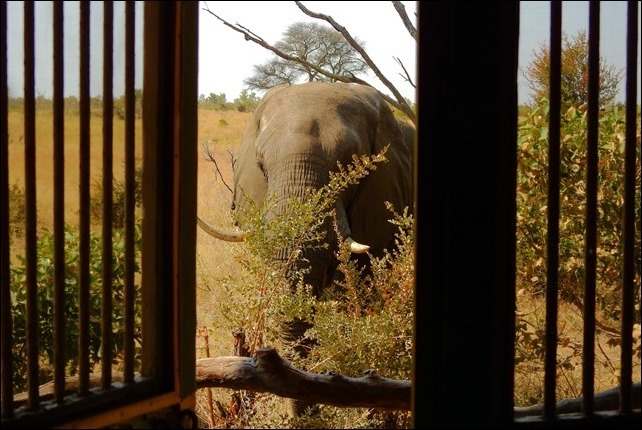
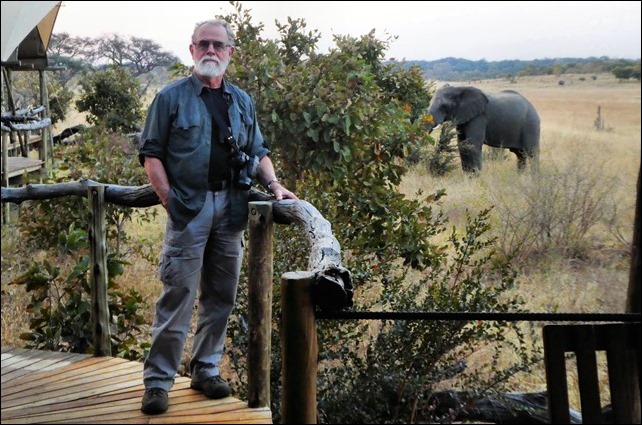
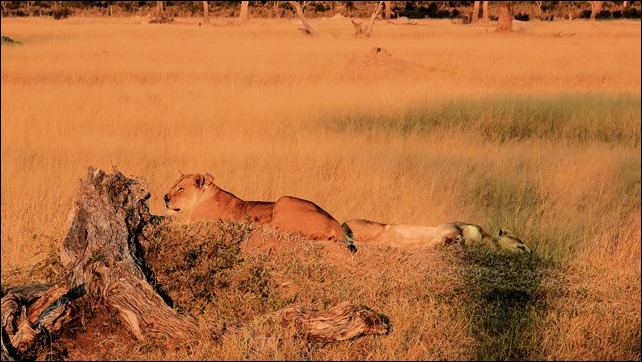
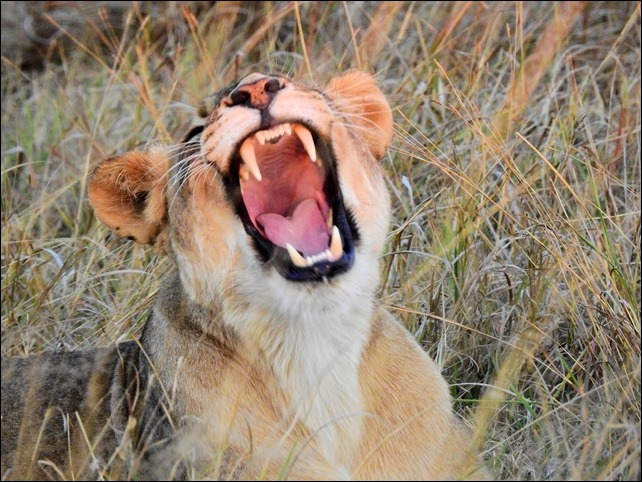
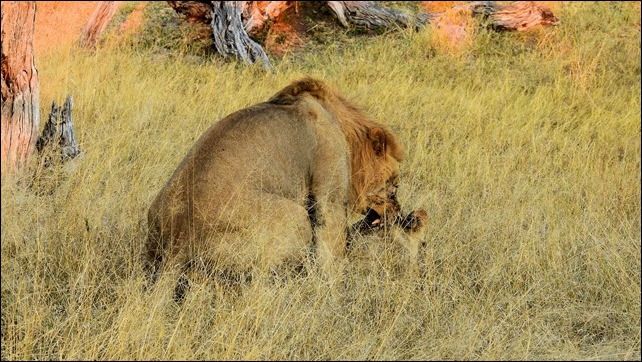
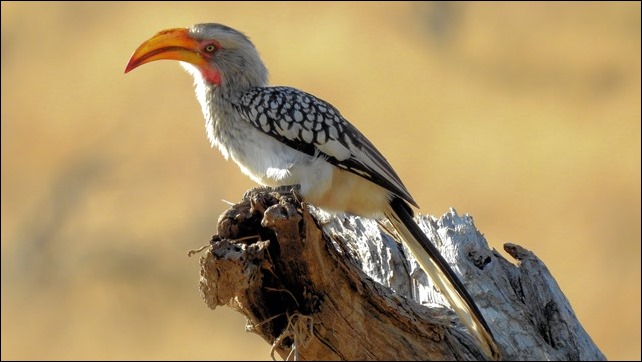
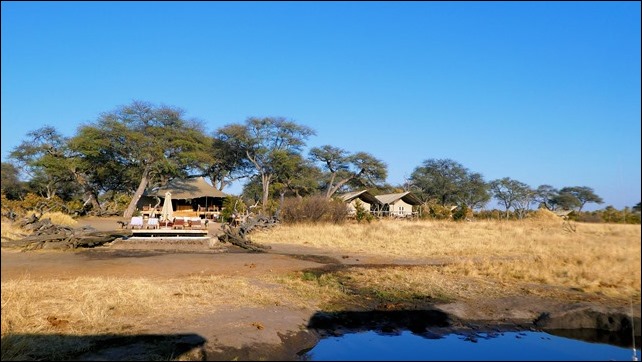
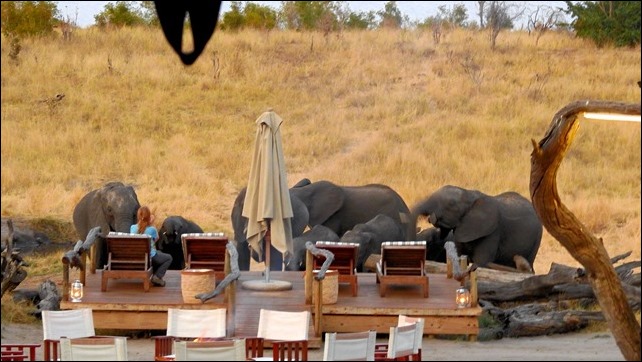
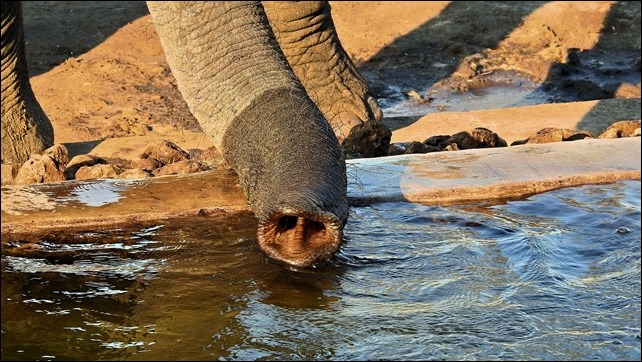
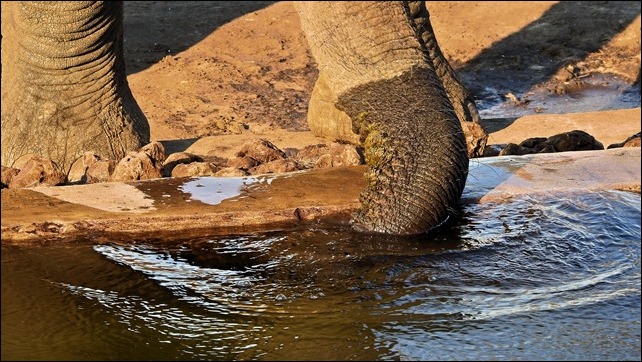
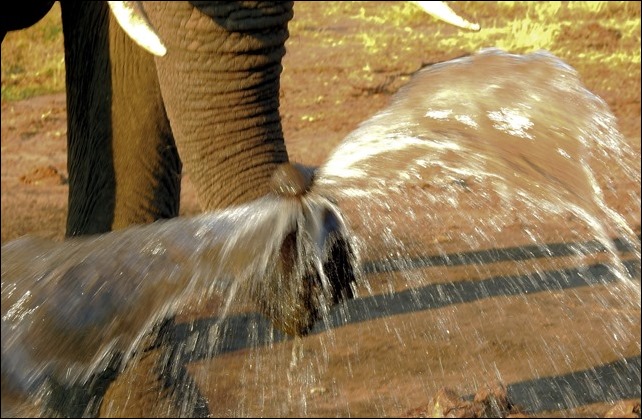
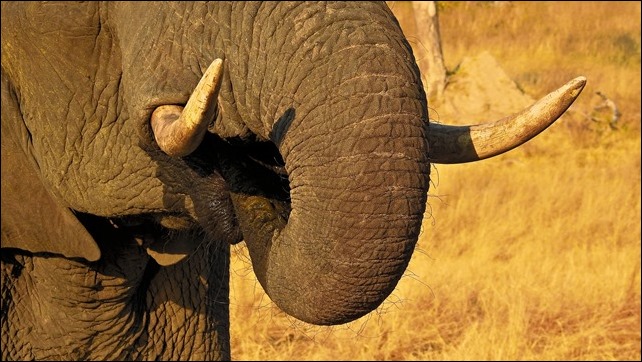
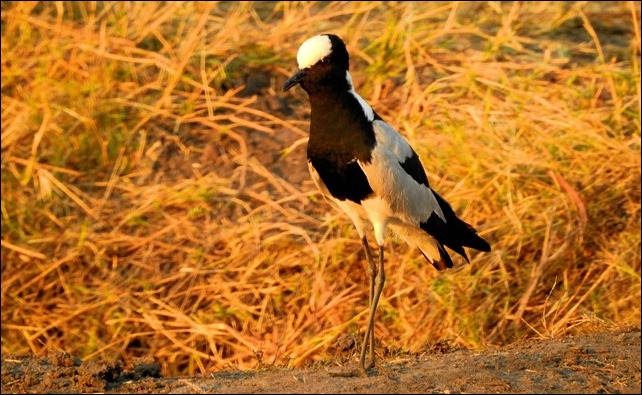
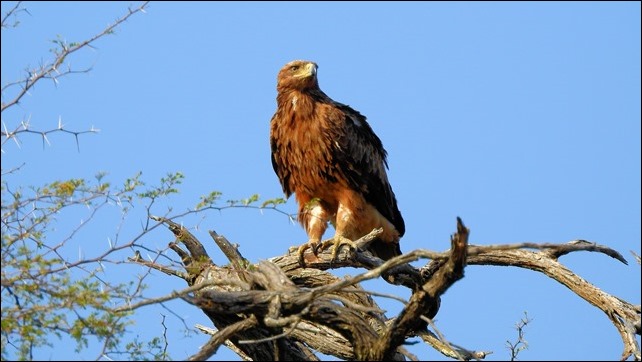
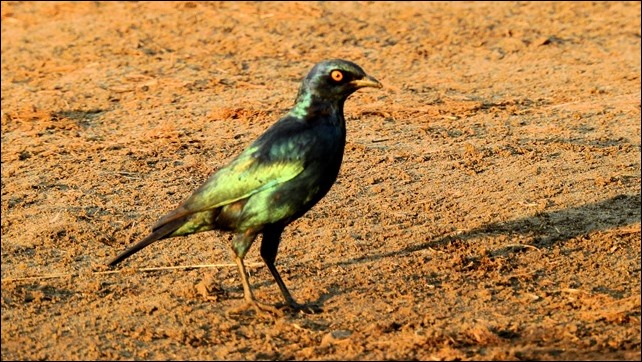
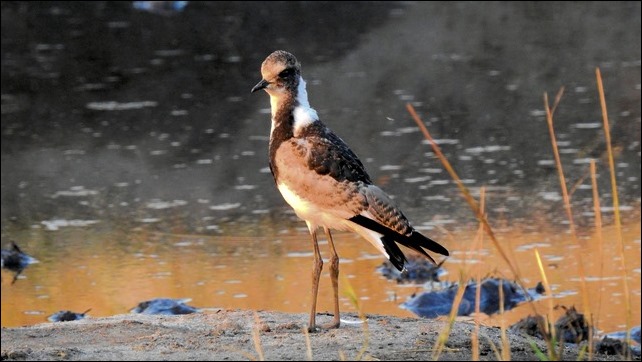
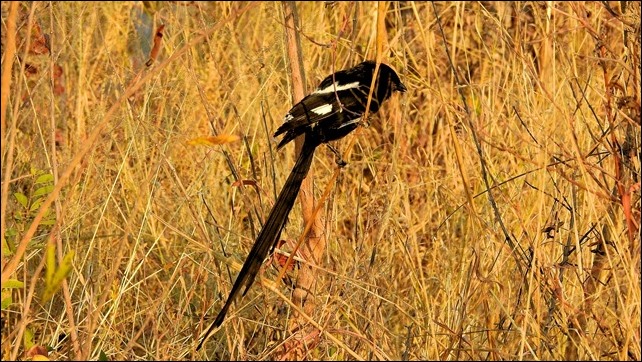
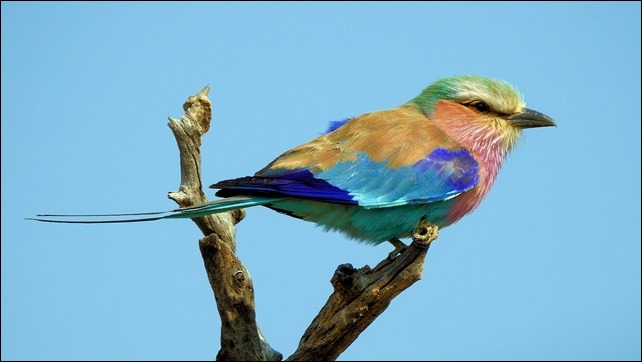
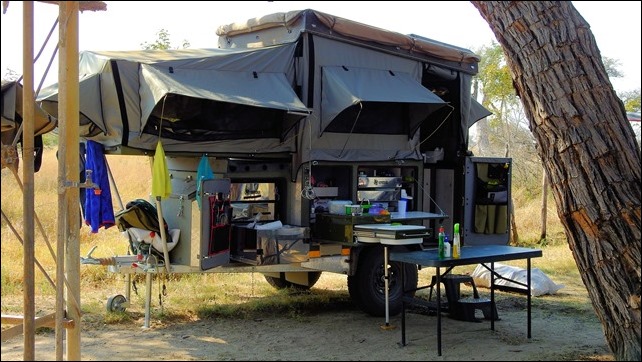
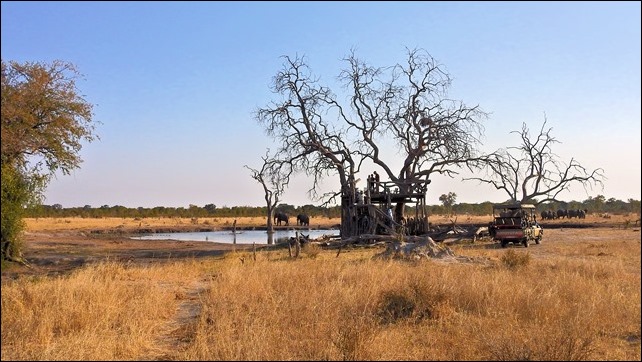
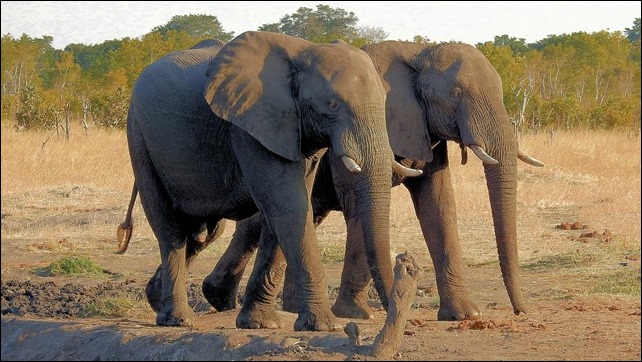
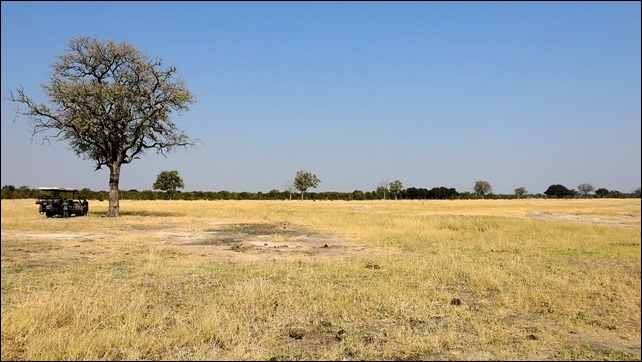
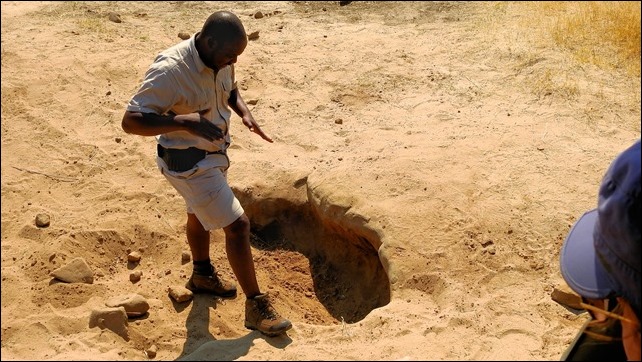
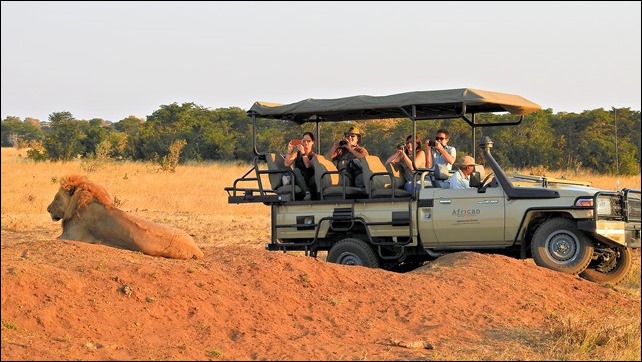
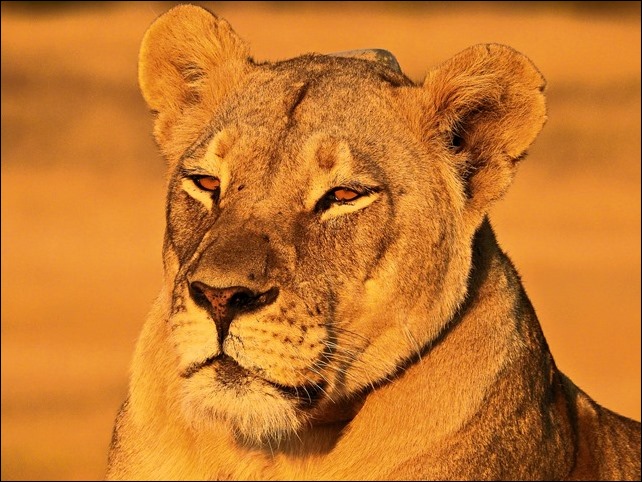
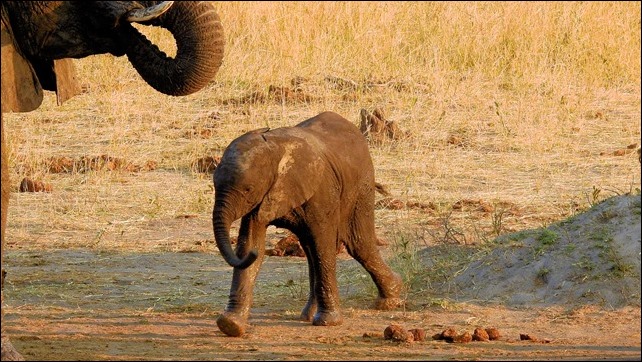
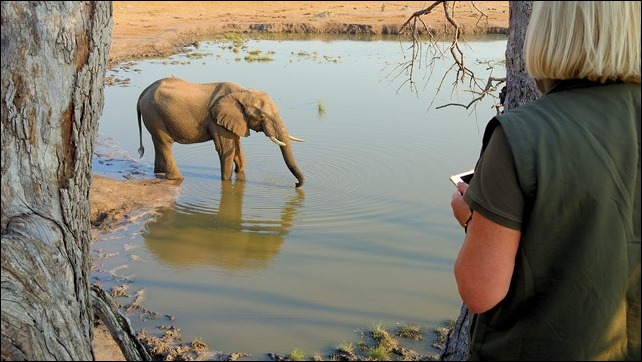
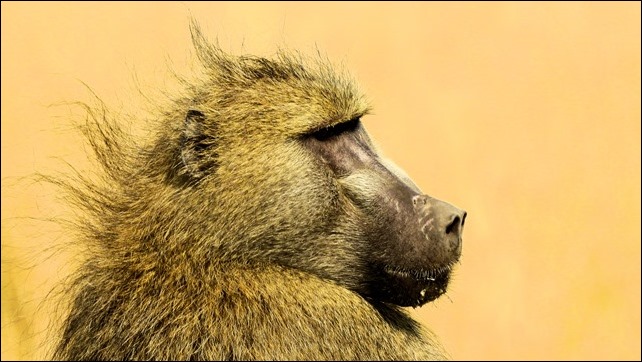
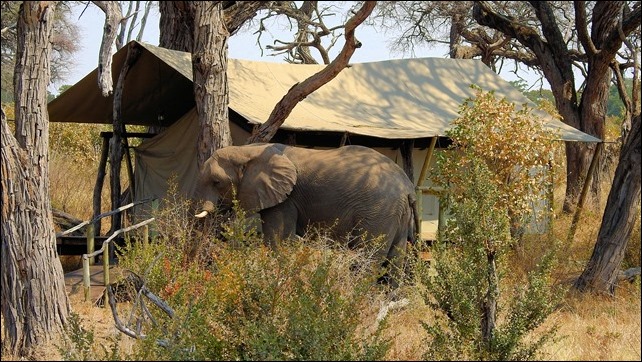
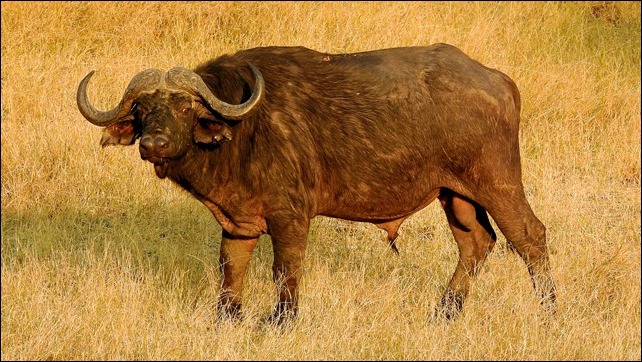
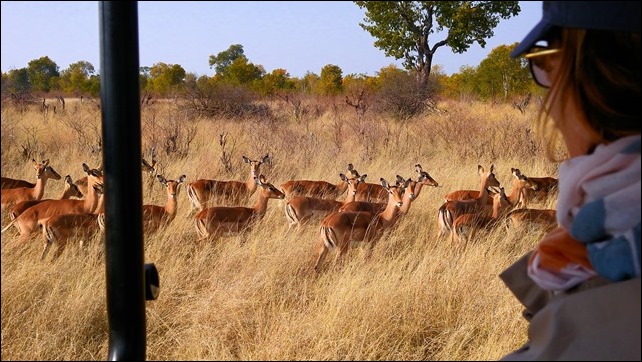
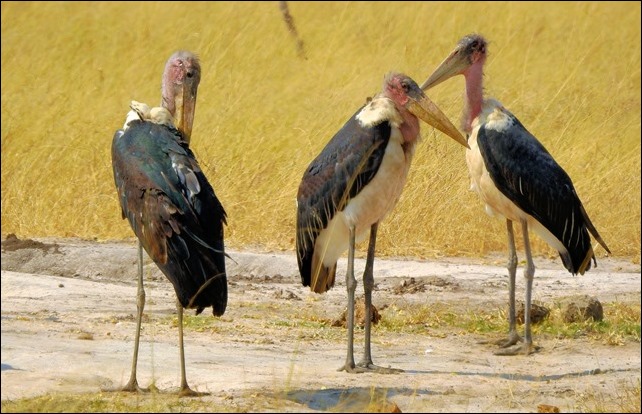
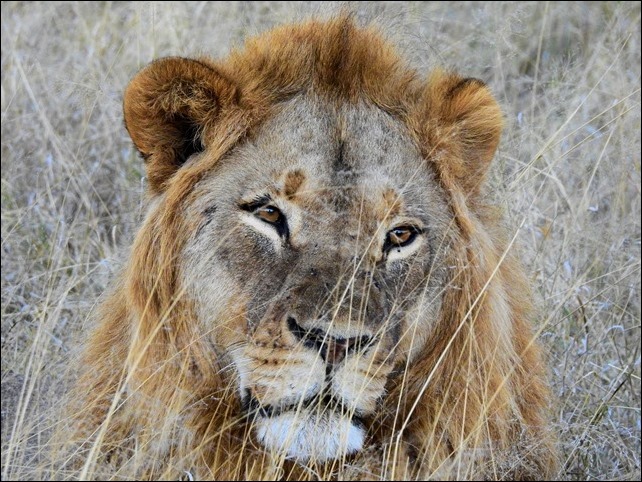
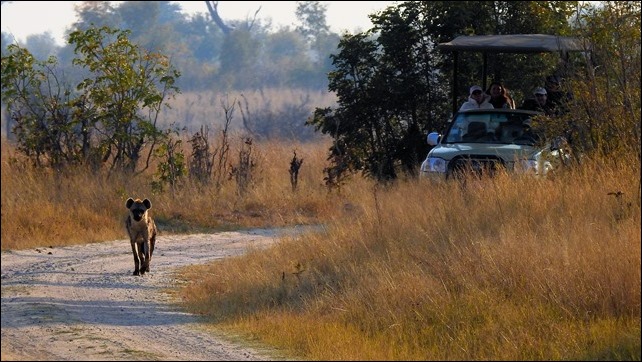
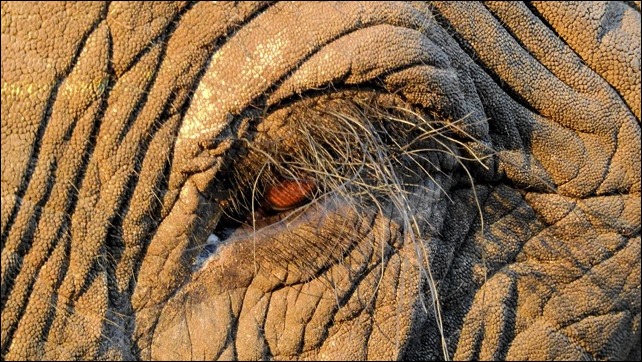
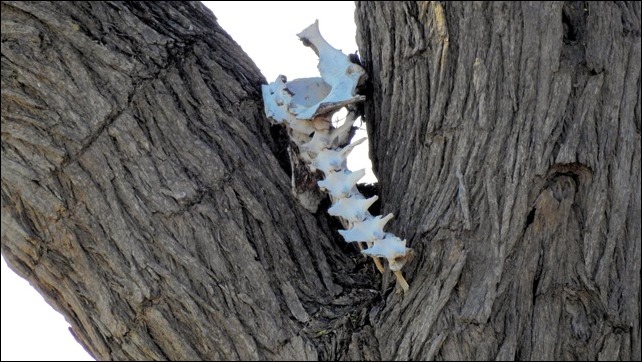
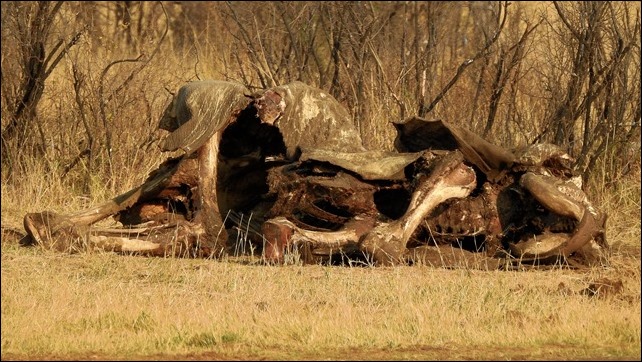
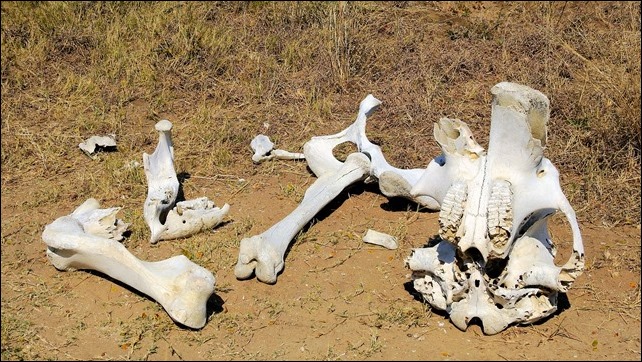
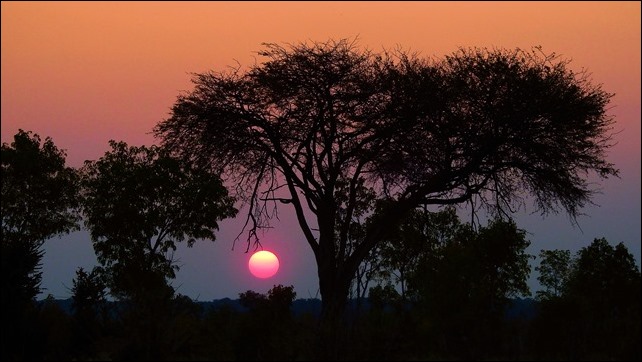
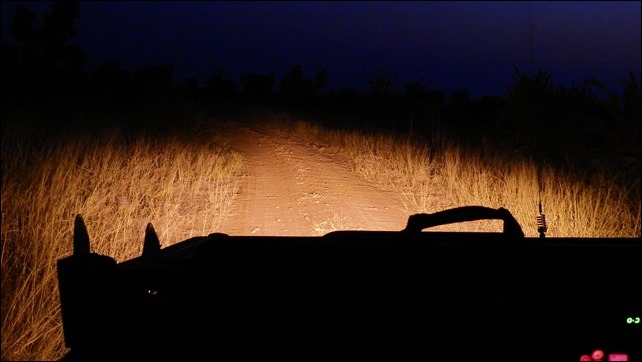
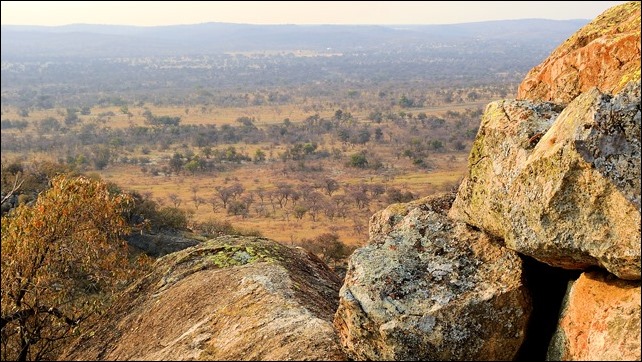
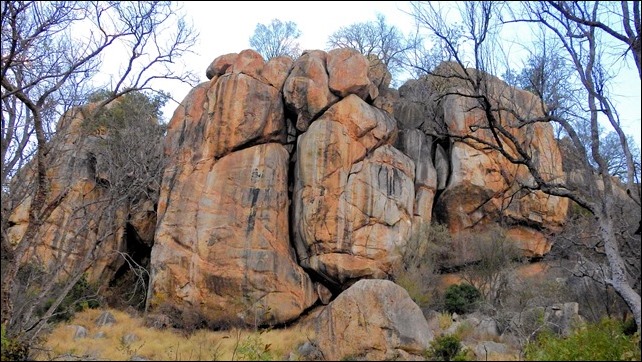
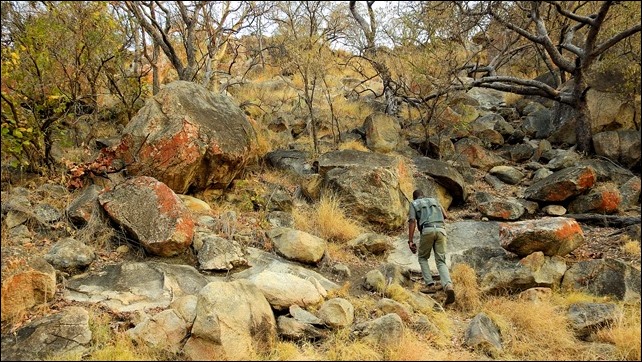
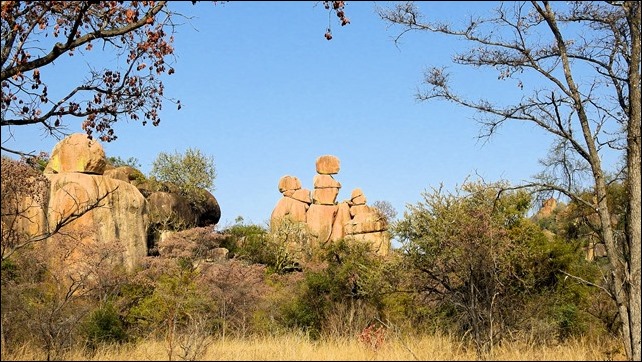
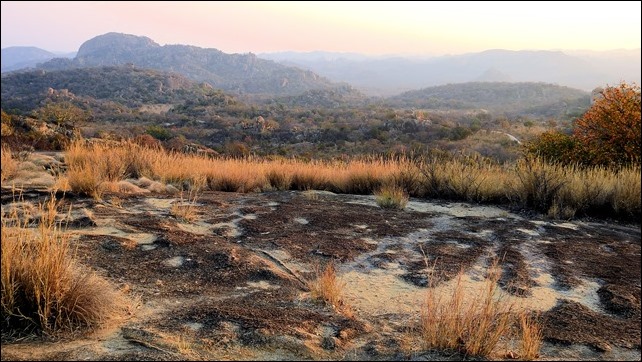
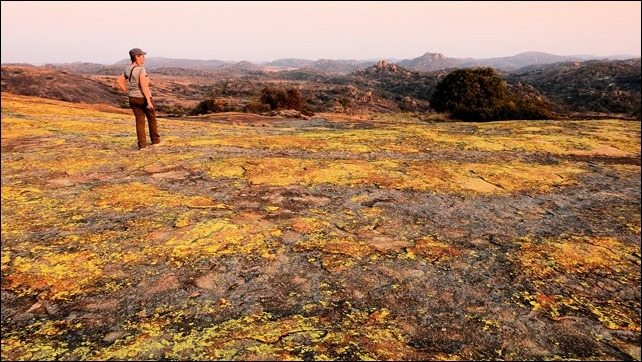
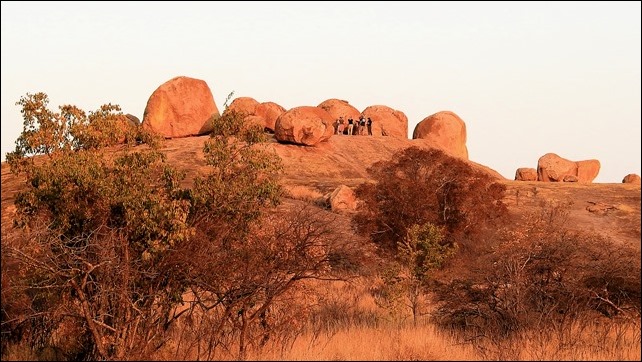
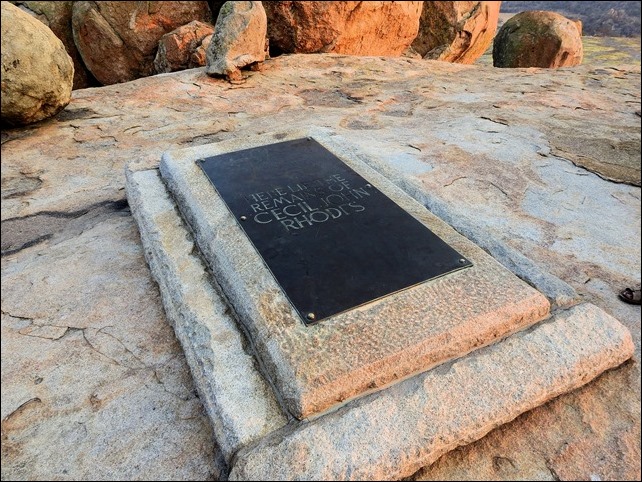
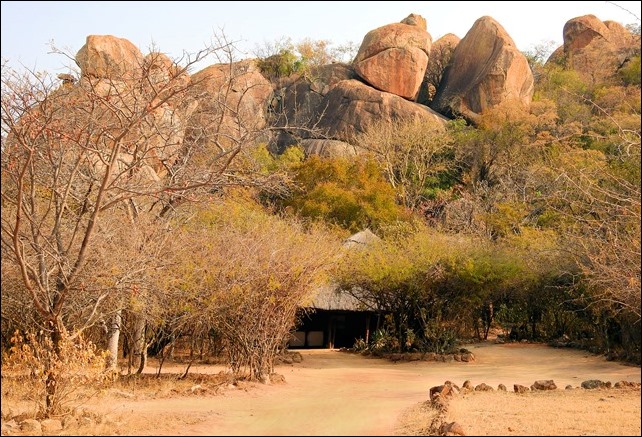
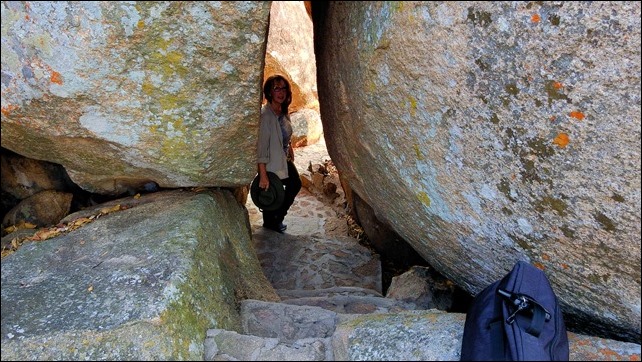
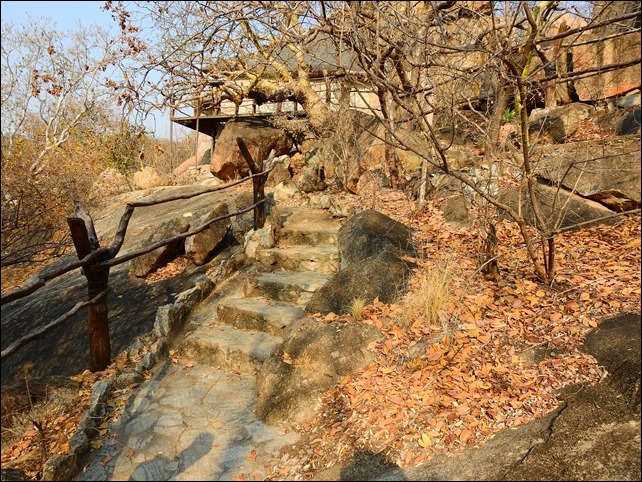
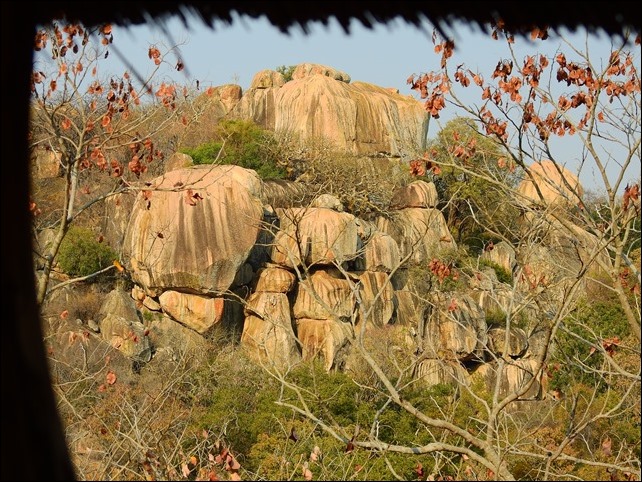
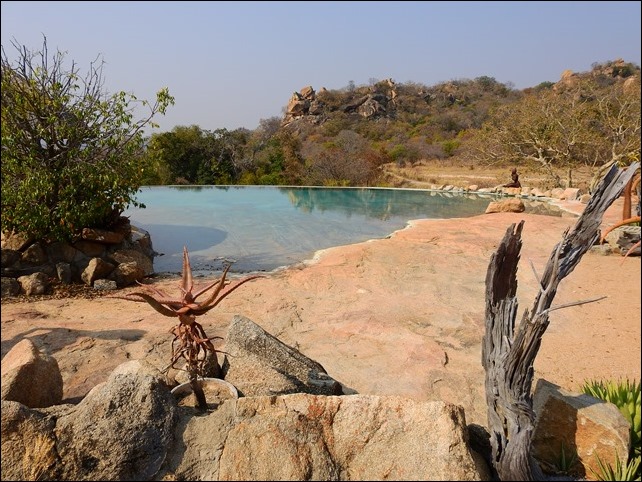
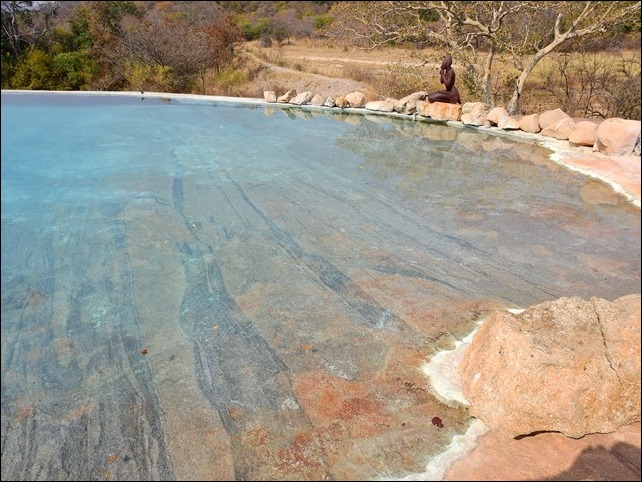
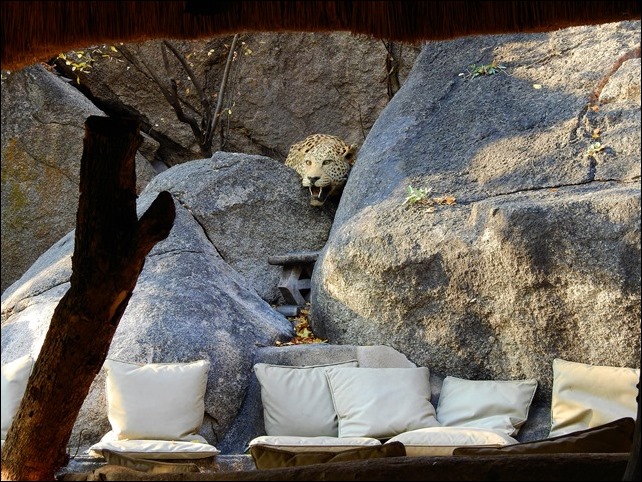
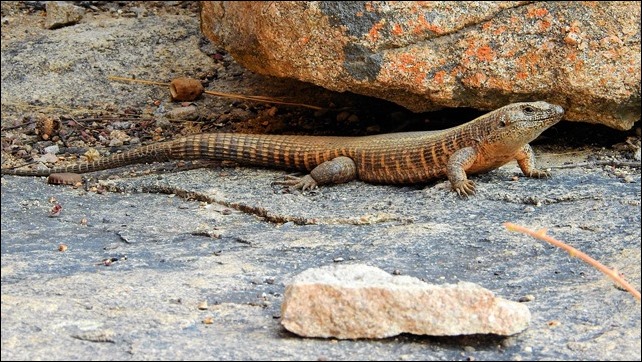
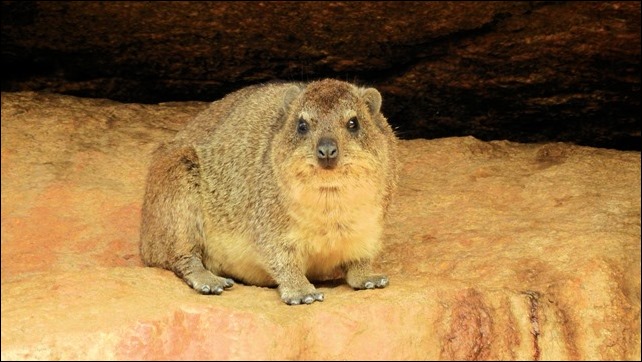
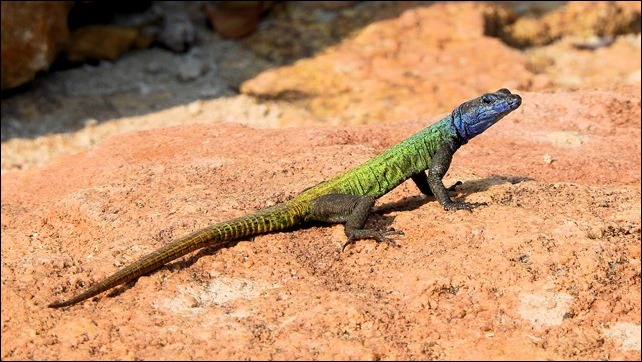
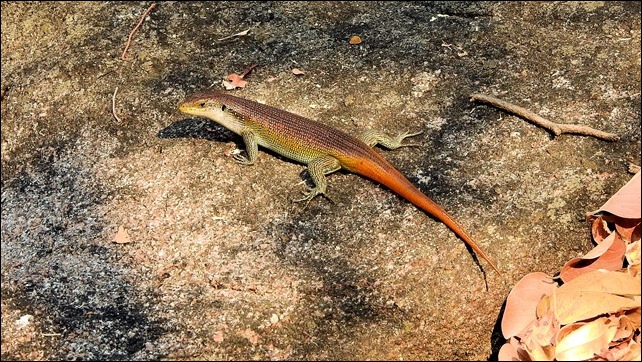
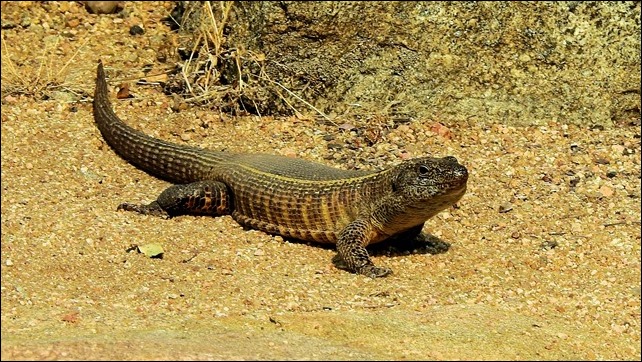
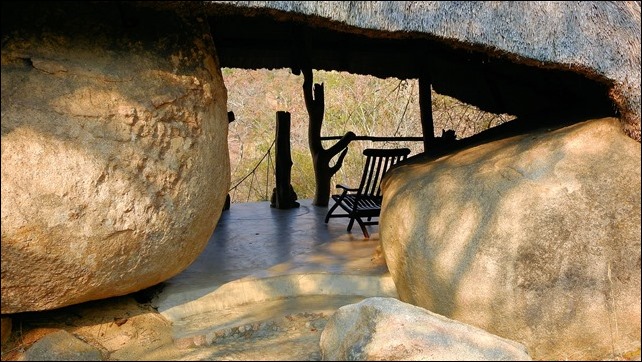
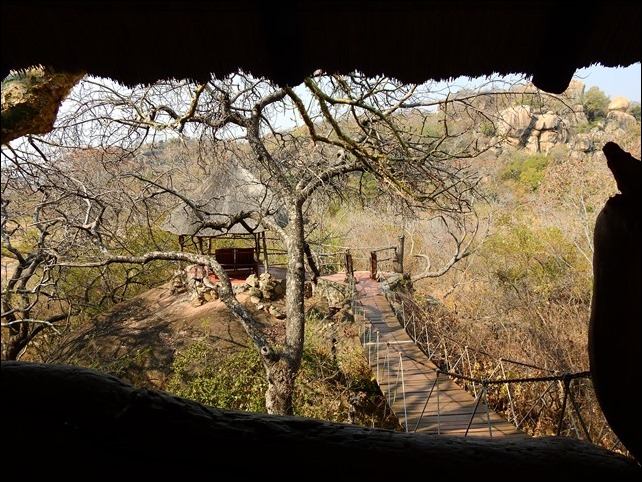
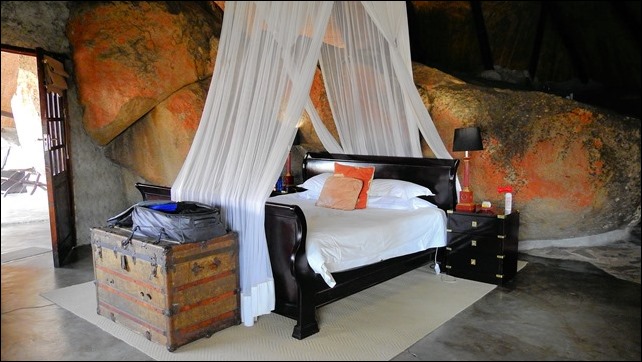
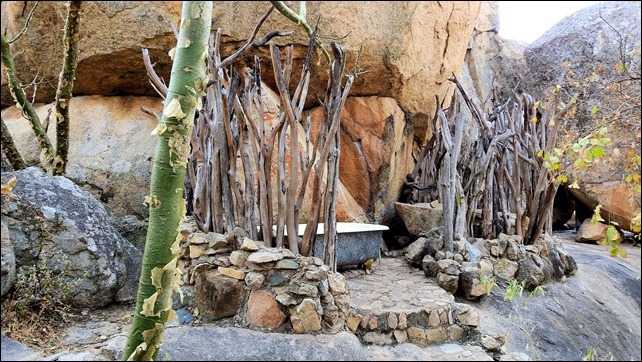
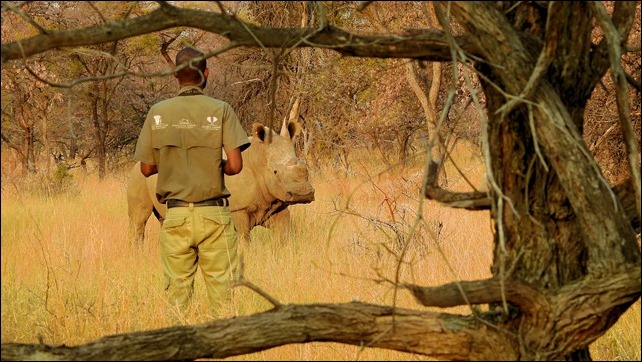
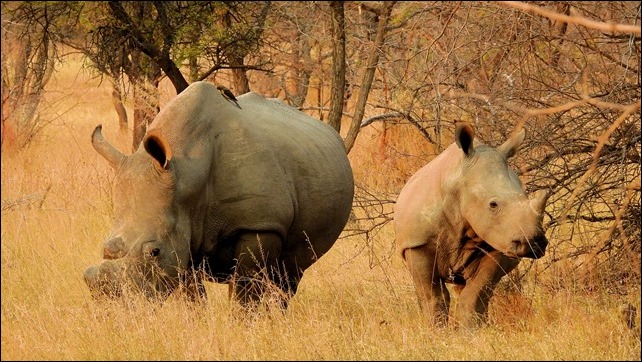
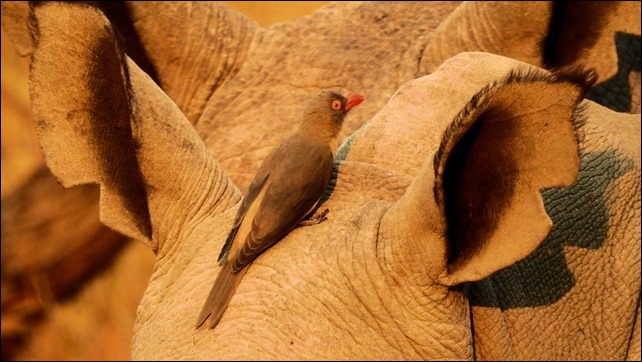
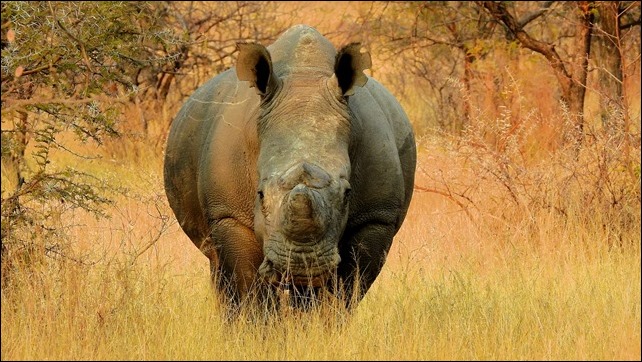
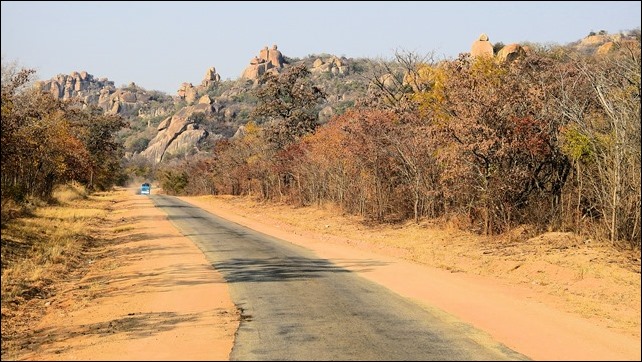
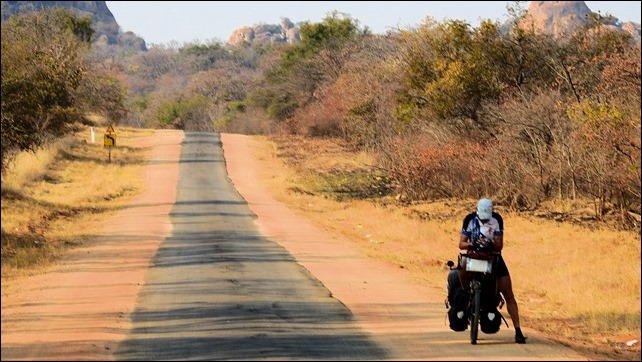
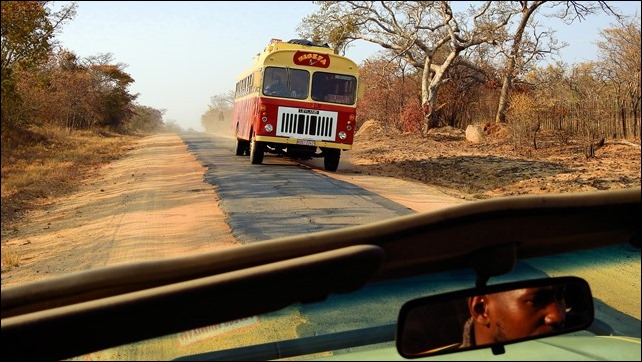
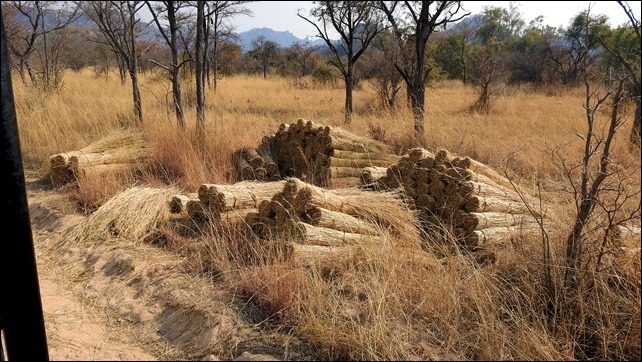
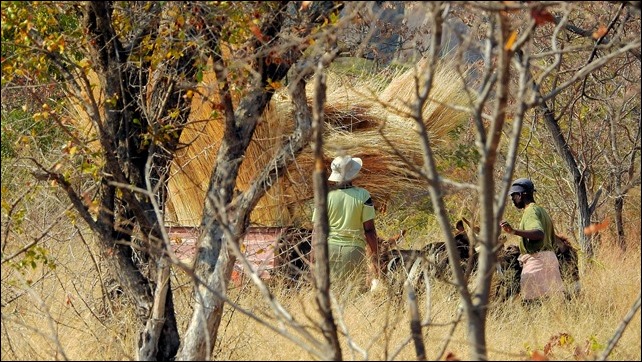
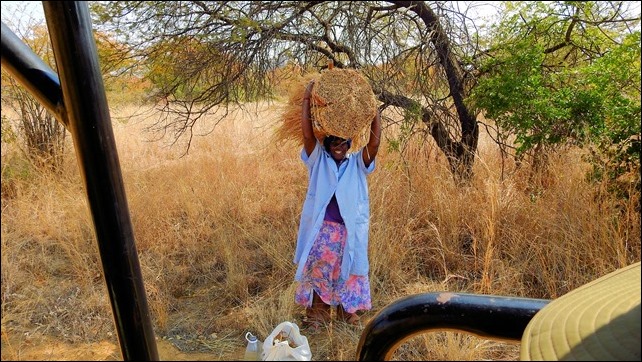
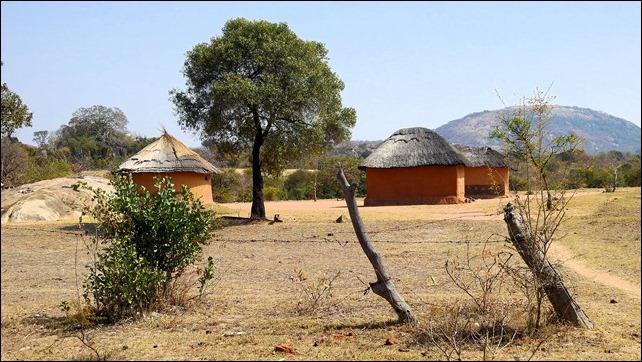
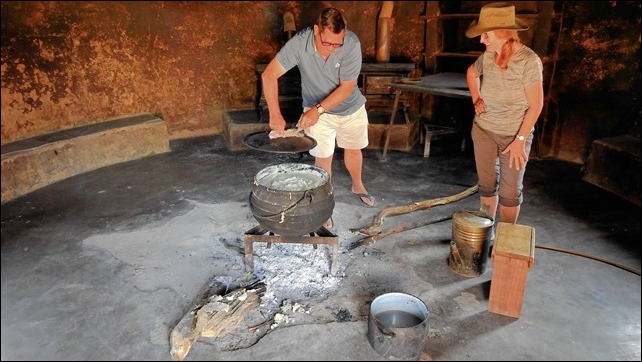
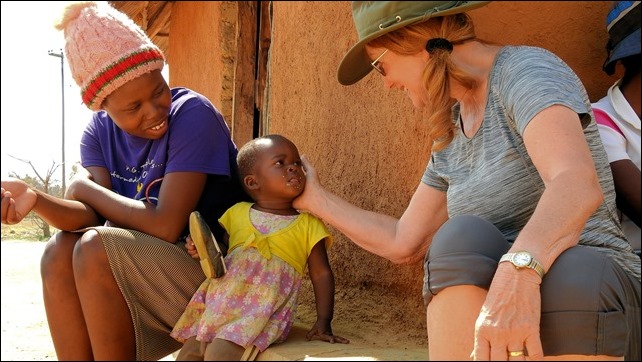
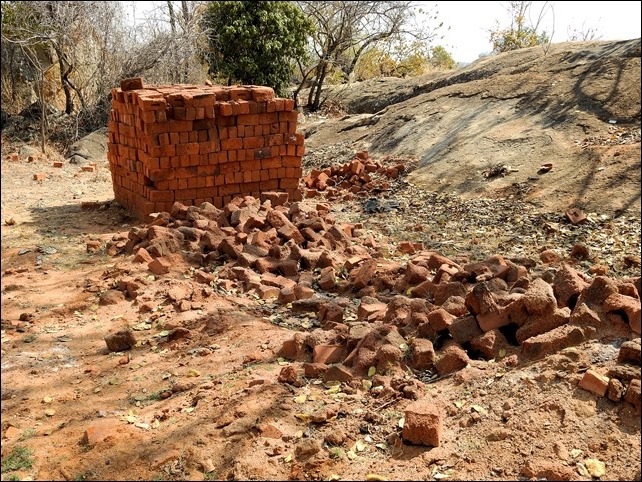
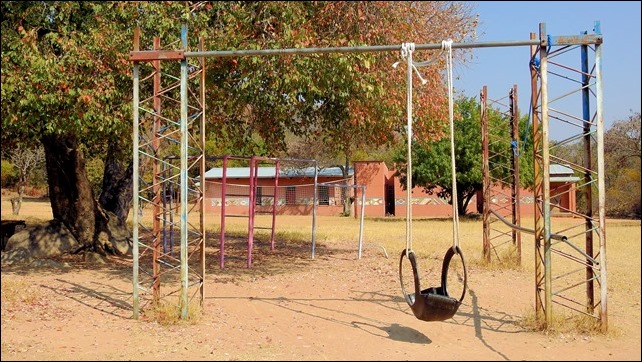
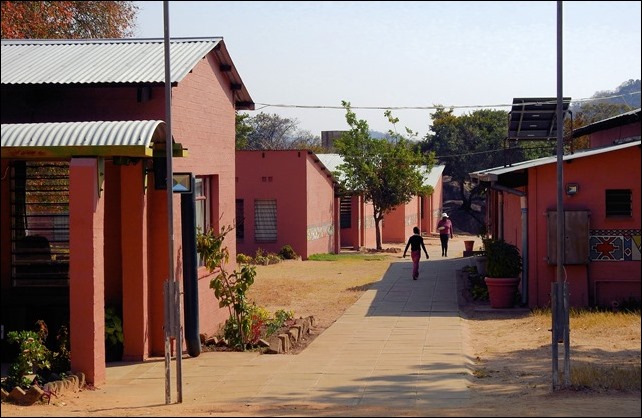
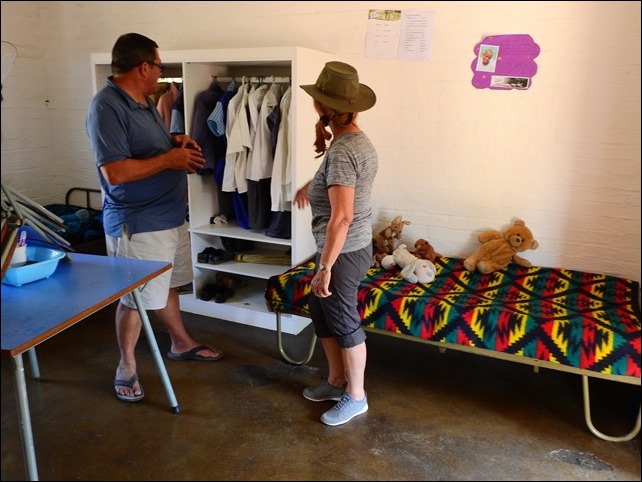
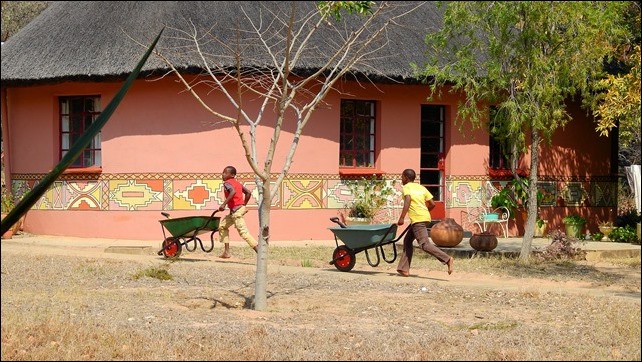
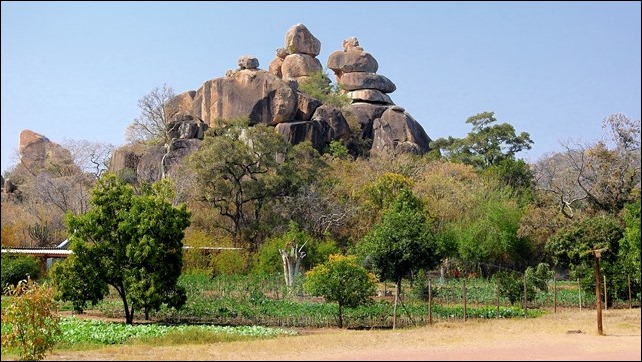
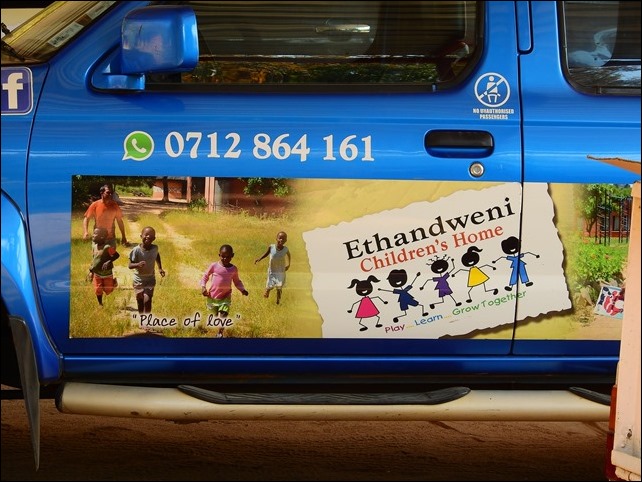
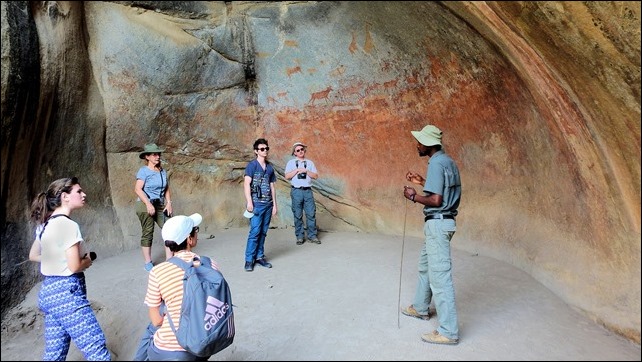
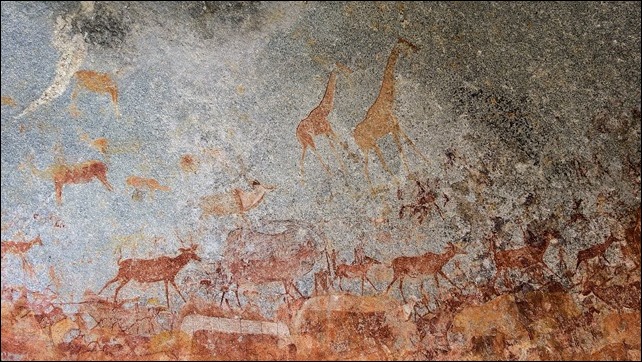
Greg and Karen,
Great stories…I am going to read again…
The pictures are something else..
Best Regards..
Tony and Marlene
Nice pictures and commentary. Well done.